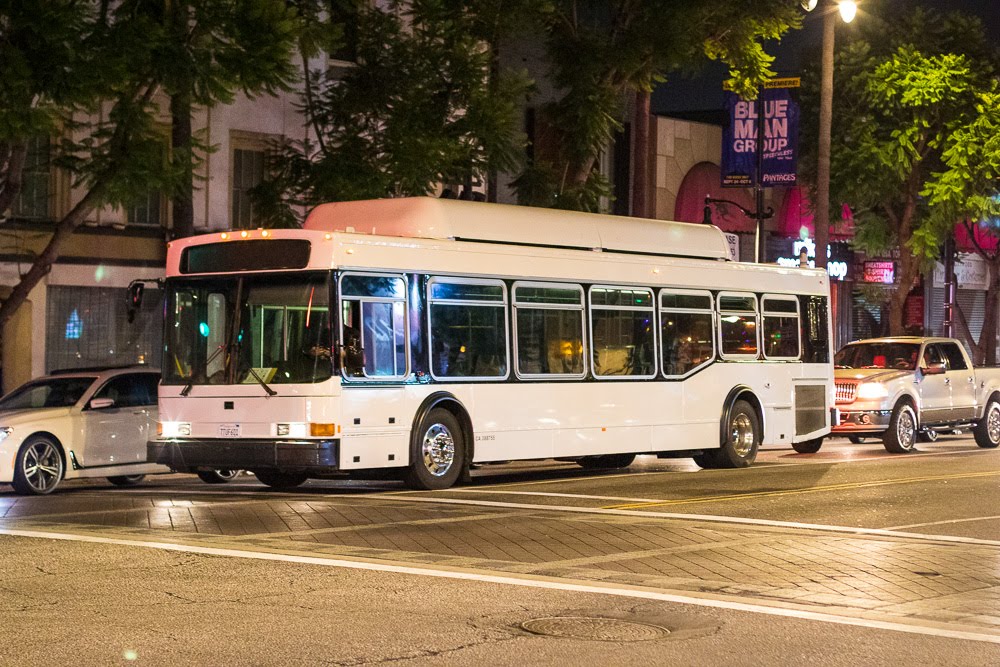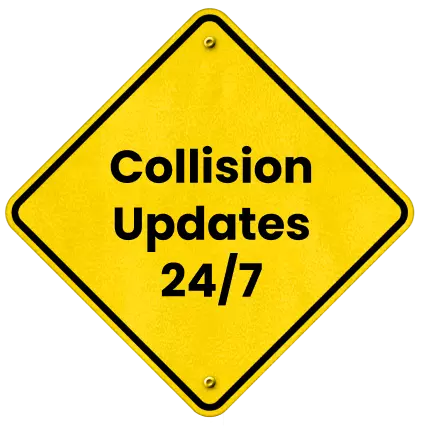
Surviving a Bus Accident on I‑5: Rights for Passengers and Motorists


Bus accidents along Interstate 5 can be sudden and severe, leaving both passengers and motorists shaken. Whether traveling on a charter bus for a school trip, a public transit bus for commuting, or sharing the highway with these large vehicles, collisions often result in injuries, property damage, and significant emotional trauma.
Understanding I‑5 bus passenger rights, the liabilities of bus drivers versus other motorists, and the steps needed to protect your legal interests is critical if you are involved in an accident along this busy corridor.
Common Causes and Legal Liabilities in I‑5 Bus Accidents
Bus crashes can occur for a variety of reasons, many of which are influenced by the size, weight, and operational requirements of buses. Common scenarios include:
- Driver error: Fatigue, distraction, speeding, or failure to yield can all contribute to collisions.
- Mechanical failure: Brake issues, tire blowouts, or steering malfunctions on buses can cause serious crashes.
- Weather conditions: Rain, fog, or icy patches on I‑5, particularly along the Grapevine segment in Southern California or the Willamette Valley in Oregon, can reduce traction and visibility, increasing the risk of collisions.
- Roadway hazards: Construction zones, narrow merging lanes, and debris on the freeway create additional challenges for both bus drivers and other motorists.
Liability can vary depending on the type of bus and the circumstances of the crash. For public transit buses, the agency operating the bus may be held responsible for negligent driver actions. For charter buses, liability often extends to the bus company and its management team. Passengers injured due to a motorist’s error may also have claims against the other driver, creating shared or comparative fault situations. In some instances, both the bus company and a negligent driver may be held partially responsible for injuries.
Preserving Evidence After a Bus Accident
Preserving evidence after a bus accident is essential for protecting passenger injury claims, especially on busy highways like I-5. Timely documentation can significantly impact the outcome of a claim. One of the first steps is to photograph the scene, capturing damage to vehicles, skid marks, traffic signs, and any hazards on the roadway. These photos help establish the accident’s context and can be valuable evidence for your claim.
In addition to photos, documenting any injuries is crucial. Even if injuries seem minor, it’s important to note visible injuries and seek medical evaluation immediately. Some injuries may not be apparent right away, and having a medical record ensures you have documentation if symptoms arise later.
It’s also important to gather information from witnesses, including passengers, other drivers, or bystanders. Their statements can provide crucial details that support your version of events and strengthen your claim. Be sure to save communication records, such as messages with the bus company, insurance agents, and medical providers, as these may serve as helpful documentation.
Finally, request official reports from the police or local authorities. These reports often include key details about the accident, witness statements, and findings that can bolster your case. By following these steps, you ensure that you preserve critical evidence to support your claim and protect your rights, especially when multiple parties may share liability.
Typical Injuries in Bus Accidents
Bus accidents can result in a wide range of injuries, from minor bruises to life-altering trauma. Common injuries include whiplash and neck injuries caused by sudden stops or rear-end collisions, broken bones or fractures from falls inside the bus or impacts with other vehicles, and head injuries such as concussions from collisions or objects striking passengers.
Soft tissue injuries, including sprains and strains, are also frequent, along with emotional and psychological trauma, which can manifest as anxiety, depression, or post-traumatic stress disorder (PTSD). Even injuries that seem minor should be evaluated by medical professionals, as some symptoms may not appear immediately.
Maintaining thorough medical records is crucial for supporting legal claims and accurately calculating compensation.
State-Specific Rules and Filing Deadlines
Filing deadlines and legal procedures for bus accidents on I‑5 vary depending on the state where the crash occurs.
In California, passengers generally have two years from the date of the accident to file personal injury claims, and the state follows a pure comparative fault system, meaning compensation can be reduced by the percentage of the passenger’s own fault.
In Oregon, victims typically have two years to file claims, with comparative fault applied to proportionally reduce recoverable damages.
Washington provides three years to file personal injury claims and also follows comparative negligence principles. Consulting a qualified attorney ensures that deadlines are met, all potentially liable parties are identified, and evidence is preserved in accordance with state laws.
Resources for Passengers and Families
Beyond legal support, families and passengers can access emotional and educational resources to cope with the aftermath of bus accidents:
- National Highway Traffic Safety Administration (NHTSA) – Provides guidance on passenger safety, bus crash investigations, and preventive measures.
- Federal Motor Carrier Safety Administration (FMCSA) – Offers safety regulations, driver compliance information, and tips for passengers.
- California Office of Traffic Safety (OTS) – Offers resources on public transit safety and accident prevention in California.
These resources can help passengers understand safety protocols, anticipate hazards, and reduce the risk of future injuries along I‑5 corridors like the Grapevine, Sacramento Valley, and Portland Metro areas.
Managing the Emotional, Financial, and Legal Aftermath of I‑5 Bus Accidents
Bus accidents are not only physically traumatic but can also have significant emotional and financial consequences. Passengers may face medical bills, lost wages, and ongoing therapy costs, while emotional effects such as anxiety about traveling or post-accident stress can disrupt daily life.
Understanding your rights as a passenger or motorist and seeking guidance from legal and healthcare professionals is essential to managing the aftermath of a collision on Interstate 5. After an I‑5 bus accident, it is important to focus on both recovery and protecting your legal rights by seeking immediate medical attention, preserving evidence such as photographs, witness information, and medical records, and avoiding recorded statements to insurance adjusters without legal counsel.
Consulting an experienced I‑5 bus passenger rights attorney ensures that filing deadlines are met, liability is thoroughly evaluated, and all parties responsible for the crash are properly identified. Compassionate legal guidance can help individuals navigate insurance negotiations, protect their rights, and pursue the compensation they deserve.
Contact us today to get a free consultation with an attorney familiar with Interstate 5 bus crash claims and the unique challenges faced by passengers and motorists along this corridor.







